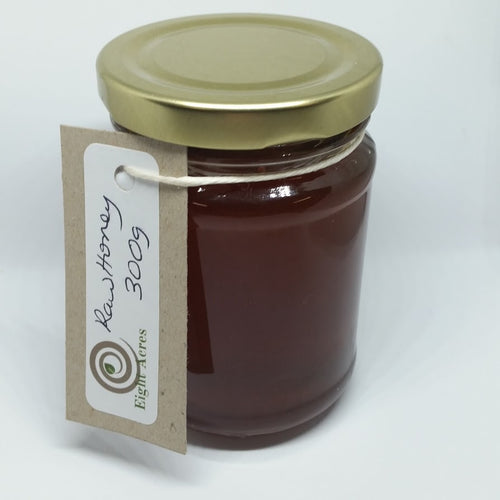Beekeeping - boom and bust
We got our first little nuc of bees back in July 2015. Since then we have been slowly building up numbers, we bought another nuc and three full hives that were already on our property, and we've made several more nucs and hives from splitting those first hives and catching swarms.
Over the last 18 months we've become hyper-observant of all the flowering plants on our property because bees increase their numbers when they have access to plenty of nectar to make into honey. Suddenly Pete is interested in all the flowers that I've been pointing out for years! We are also observing our bees and their response to different flowers.
| Some of our hives |
Since we got the first nuc we have seen hives fill with honey and bees to the point where they are too full and the hive will swarm (a group of bees will fly away with a new queen to start another colony), at other times we have seen them eat all their honey stores, lose numbers and get over-run with the dreaded small hive beetle.
As beekeepers, we have to try to stay one step ahead, by anticipating what will flower next, how much honey it will produce and whether the bee numbers are increasing or declining, whether they need more space or have too much. All this while not checking the bee hives too often, as it really does disrupt them.
At one stage there we could not build nucs quick enough to keep up with the bees, but now we've lost some of those hives as the 'nectar flow' (that's what beekeepers call it when there are a lot of flowers around) stopped suddenly when we had a run of dry weather and the bees ran out of food. If we had been alert to this, we could have fed them sugar syrup to get them by until the next nectar flow started. We are learning!
| Apple gum blossom |
I don't mind feeding them sugar syrup as a last resort, but I would rather try to plant our property with more trees and flowering plants. The main bee food on our property is gum trees - ironbarks and apple gums, which only flower for a few weeks a year, as well as purple heliotrope (which seems to be less popular, but ok with they have nothing else) and wattles.
People say that it can be easier to keep bees close to town, as there is always something flowering in gardens that are watered regularly. This got me thinking about my own garden. As part of my garden/food forest/orchard, I want to have a range of flowering fruit trees, flowering herbs, natives (bottle brush is very popular) and plants like roses.
I have NEVER been interested in roses before, but a large climbing rose can flower prolifically throughout the year, it might just provide a bit of bee food when other sources are not available. Flowering trees seem to be the best option for providing sheer volume of blossom, however they will take a few years to grow large enough.
What do your bees eat? What flowers do you notice are popular with bees? What should I plant??




















Leave a comment